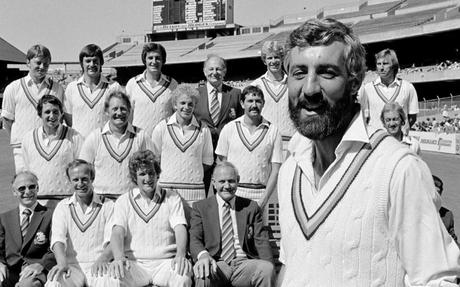
Even after losing this Test series in India, his first series defeat in charge, Ben Stokes should still be recognized for what he is: one of the most successful captains England have ever had.
Michael Brearley is widely and rightly regarded as England's most successful Test captain, but he too had a dark hour abroad. England are trailing 3-1 in India under Stokes. Under Brearley in Australia they lost 3-0 in 1979-80.
Overall, however, Brearley and Stokes have won a greater proportion of their Tests than any other England captain who has had a comparable reign. Brearley won 18 games, lost four and drew nine; Stokes' record is 14 wins, eight defeats and one draw.
Brearley and Stokes reached the top in very different ways: Brearley by refining the traditional approach, Stokes by pioneering a new style of captaincy, or even an entirely new style of Test cricket that has embraced the best features of the white-ball game. Brearley never knew.
Here's how they compare.
Man management
When Brearley captained England from 1977 to 1981, he operated in a very different society, one that was still largely hierarchical. He started his county career with Middlesex as an amateur dressing in a separate dressing room from the pros. This social division consolidated a captain's authority: a professional would never take on a leadership challenge. But being Cambridge Blue wasn't enough to become a superlative captain: Brearley backed his captaincy with an ability to listen, a quick intellect that allowed him to keep the dressing room chatter in check, and mental strength. He spoke softly (there were no expletives) but had an iron fist.
Stokes leads England in an era often described as egalitarian or meritocratic. Had he played in the Brearley era or earlier, he might never have been given the opportunity to captain any team, especially after his run-ins with the law during his youthful years. But because he's been there and done that, Stokes has developed the empathy to realize how others feel, and goes out of his way to be considerate (for example, leaving the team bus to be with Rehan Ahmed when he was on the Rajkot airport was held with visa issue). Unlike an old-fashioned captain, who commanded players, Stokes never asks anyone to do anything he wouldn't do himself.
The story continues
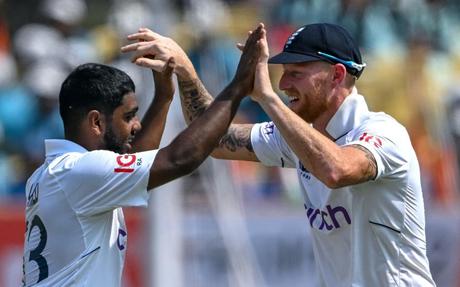
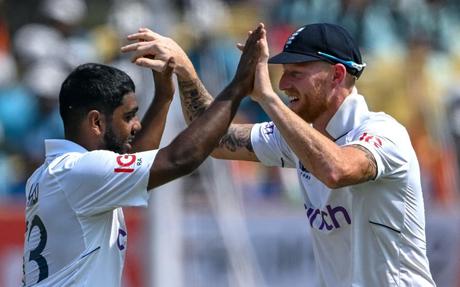
Body language
Brearley sat ensconced on a throne. He pointed to one of his subjects to go here or there. He would not have dreamed of running to the bowler to confer; he sent instructions through his field players.
Stokes zooms around the field, slipping everywhere, and barely stands still for a moment, energizing everyone. He usually fields at mid-off and consults almost every ball with his bowler. In a new development, he will change the pitch without informing the bowler, although the plan has probably already been discussed. The most important characteristic of Stokes' body language is that there is no negativity. He is always optimistic and never goes at a bowler for a bad ball or a fielder for a missed catch. The exception is when he mistreats himself and is furious.
When dealing with opponents and referees, every comparison is in Stokes' favor. Being a reformed bad boy himself, he is chivalrous in dealing with all opponents and referees. When a referee made a decision that England disagreed with on the field, it was not unknown in Brearley's day for the teapot stance to be taken as an open expression of disappointment (there were no ICC match referees watching). Never a visible sign of discord under Stokes.
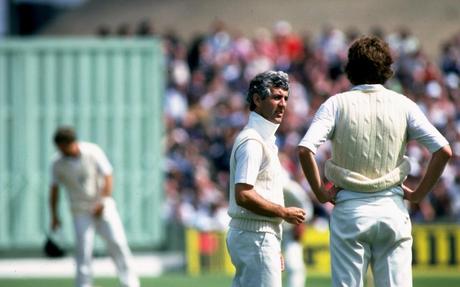
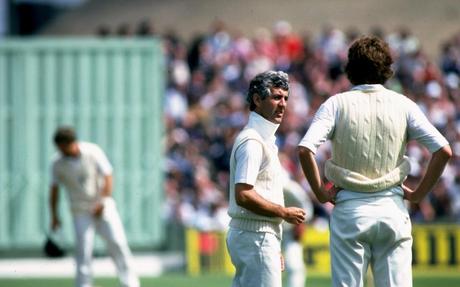
Tactics
Brearley and Stokes skin the cat in completely opposite ways. Brearley's approach was to keep an eye on the batsman, holding him until he got out - which, with Bob Willis and Ian Botham in his attack, and a Dukes ball on English fields, usually happened sooner or later.
Batting has become a very different game in the Stokes era. An opposing Test batsman now has all the shots, has practiced in each of the three formats, and can hit the ball to all areas in the air and on the ground: says India's 22-year-old opener Yashasvi Jaiswal. It's impossible to keep an eye on batsmen, so the strategy is to get them out. And here Stokes' inventiveness has taken the captaincy to a new level, as when he is willing to give away singles to keep a new or lesser batsman in charge.
Brearley devised an extreme form of the in-out pitch at Old Trafford in the 1981 Ashes: he surrounded Allan Border, facing the spin, with three men around the bat and the other six on the boundary to make two to rescue. Stokes, to take wickets, changes fields several times per over. He has invented one new field placement in particular: on the boundary directly behind a spin bowler, to cover the hit all the way to long-off and long-on. The much greater athleticism of England fielders also allows Stokes to field a close catcher, in Ollie Pope, who can cover forward and back short leg. It's a kind of compensation when you're dealing with batsmen who reverse-sweep, ramp and scoop like they never did in Brearley's day.
The ultimate challenge for the Test captain is defending a modest target. Brearley were masterful at suppressing Australia until they captured Headingley and Edgbaston in 1981. Before the decision review system, there was much more scope for kidology: surrounding the batsman, with the fielders (no stump microphone) telling him that the pitch was a minefield, frequent appeals and increasing the umpire's stress level, making him more likely to raise his finger . And Brearley, if DRS had been invented, would certainly have used it more rationally than Stokes, who seems to react more emotionally. But Stokes was also masterful, if not in the fourth Test in Ranchi, then when India chased 231 in the Hyderabad Test and his ingenuity enabled England to win by 28 runs.
Ultimately, their views on captaincy are similar: the secret, as in life, is making the most of resources, especially younger players. Brearley wrote: "In short, a captain must get the best out of his team by helping them play together without stifling flair and uniqueness."
Stokes may not have read it The art of captaincy but he was on the same page after the fourth Test in Ranchi. "That's who I am as a captain," he said. "It puts these young guys in a pretty intimidating situation ... and just gives them freedom."
